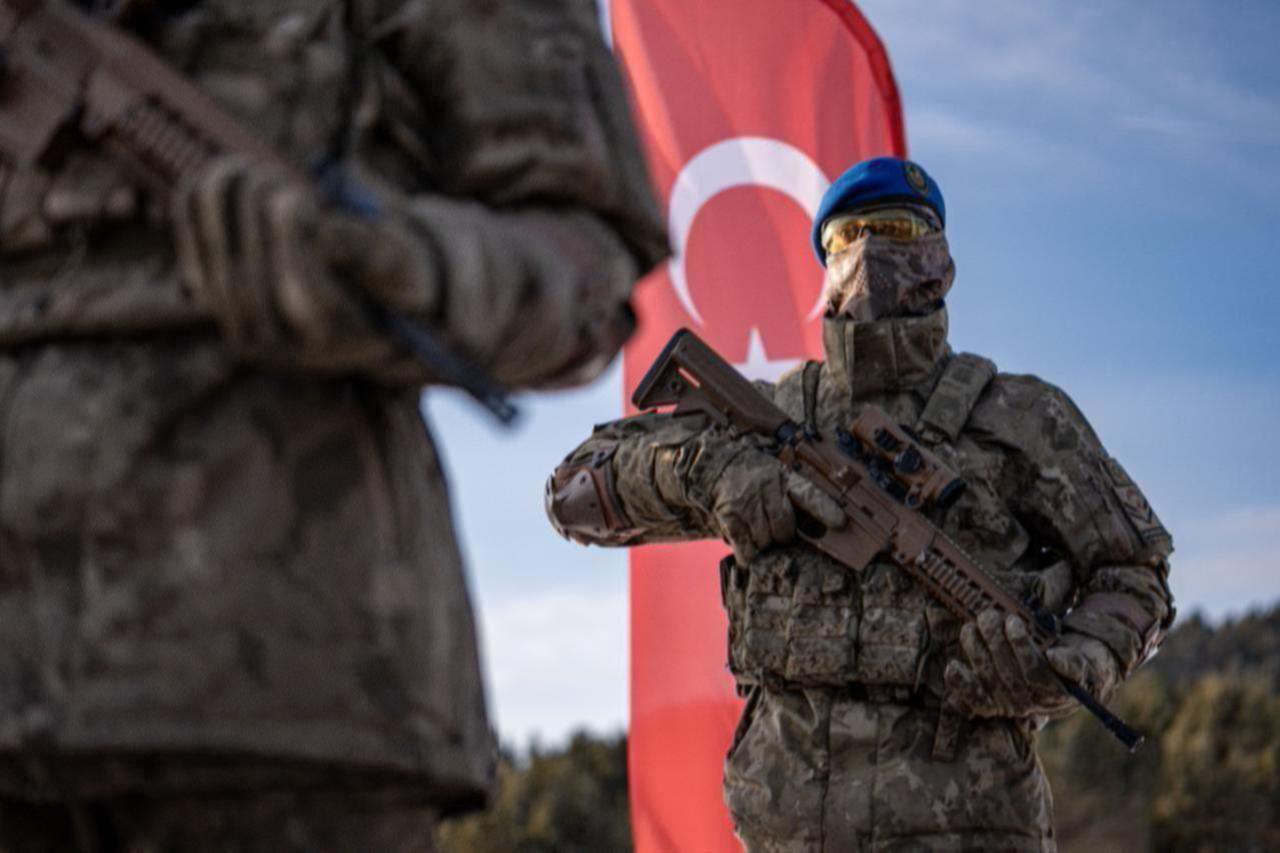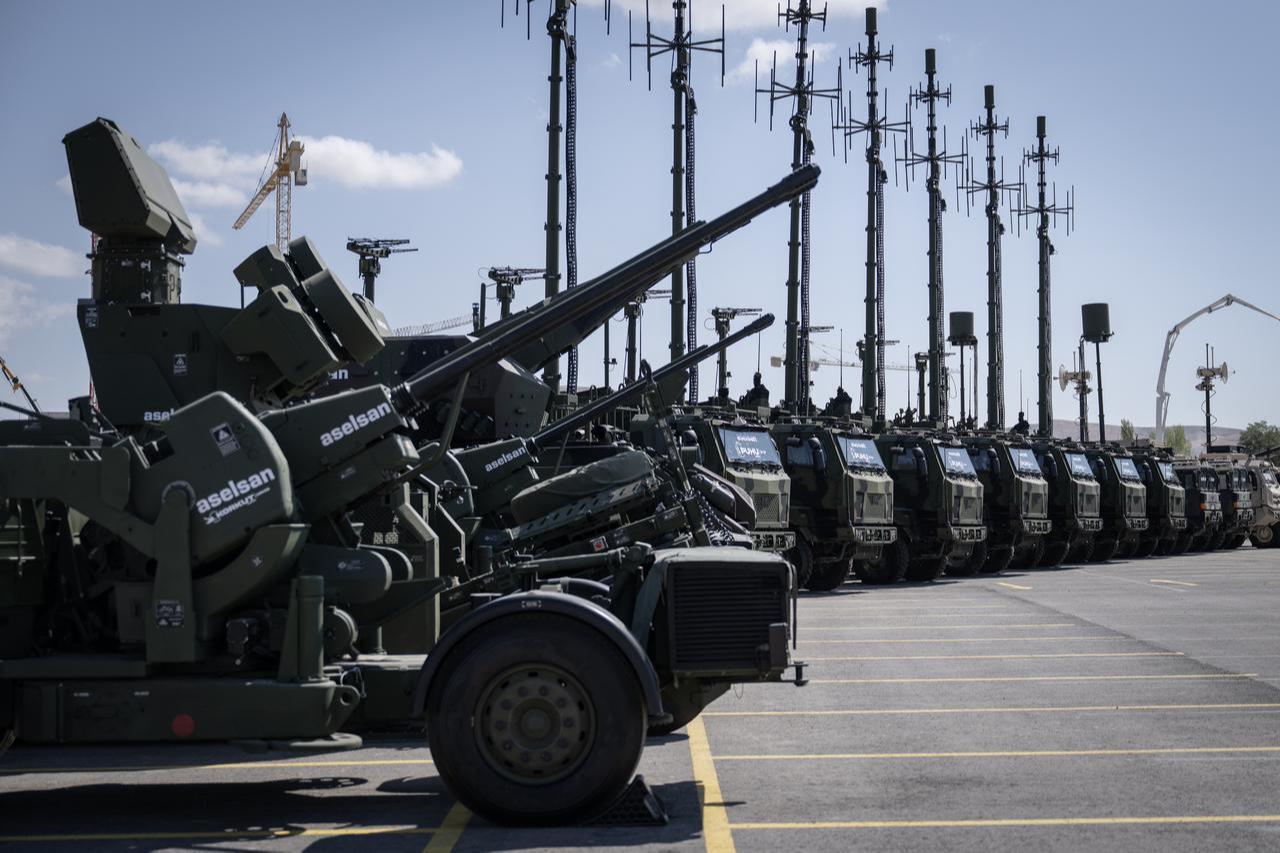
When Donald Trump first demanded that all NATO allies meet the 2% defense-spending benchmark, Türkiye, at 1.52%, was already among the relatively better-positioned members.
It has since fulfilled that commitment, surpassing the 2% threshold like all NATO allies. But with NATO now discussing long-term expectations of 5% defense spending by 2035, a new debate emerges: Will Türkiye meet that target—and should it even try?
After the original 2% goal was set, Türkiye moved quickly. By 2024, Ankara lifted its defense spending to 2.09% of gross domestic product (GDP), fulfilling its obligation under the 2014 Wales Summit.
Instead of stabilizing at that level, Türkiye continued to ramp up spending. In 2025, Ankara increased its defense budget by 17.5%, reaching $46 billion, or 2.33% of GDP.
Unlike Bulgaria, Hungary, France, Slovakia, Croatia, Montenegro, Slovenia, Albania, Italy, Canada, Portugal, Germany, North Macedonia, Belgium, Czechia, Spain, and Luxembourg, which hover around the 2% mark, Türkiye pushed decisively beyond the minimum.
However, while countries such as Poland, Lithuania, Latvia, Norway, Denmark, Finland, Sweden, and the Netherlands increased defense spending due to the direct Russian threat and declining U.S. support for Ukraine, Türkiye’s surge stands out for a different reason: its threat perception is not only centered on Russia.

Türkiye’s increasing defense expenditures are shaped primarily by Middle Eastern geopolitical risks and its assertive foreign policy agenda, not per se by the same dynamics driving Eastern European defense posture.
The 12-day Iran–Israel war, ongoing Israeli military actions in Gaza, Lebanon, and Syria, and the broader instability these generate all factor into Türkiye’s strategic calculations.
Additionally, the strengthening Israeli-Greek partnership, including the recent deployment of Israeli air defense systems to Greek-controlled parts of the island of Cyprus, raises new concerns for Ankara.
At the same time, Türkiye’s active military footprint from Syria and Iraq to Libya, Somalia, and Qatar requires sustained investment. Maintaining capacity, supporting partners, and balancing regional rivals all impose significant financial demands.
Ankara is also investing heavily in its domestic defense industry to reduce external dependencies and secure long-term capability.
Given this combination of external risks and internal strategic ambition, Türkiye’s upward trajectory in defense spending appears unlikely to slow.
In fact, Türkiye may reach the 5% level faster than NATO’s 2035 horizon, not only because it is compelled to, but also because its threat environment and foreign-policy posture make it increasingly necessary.